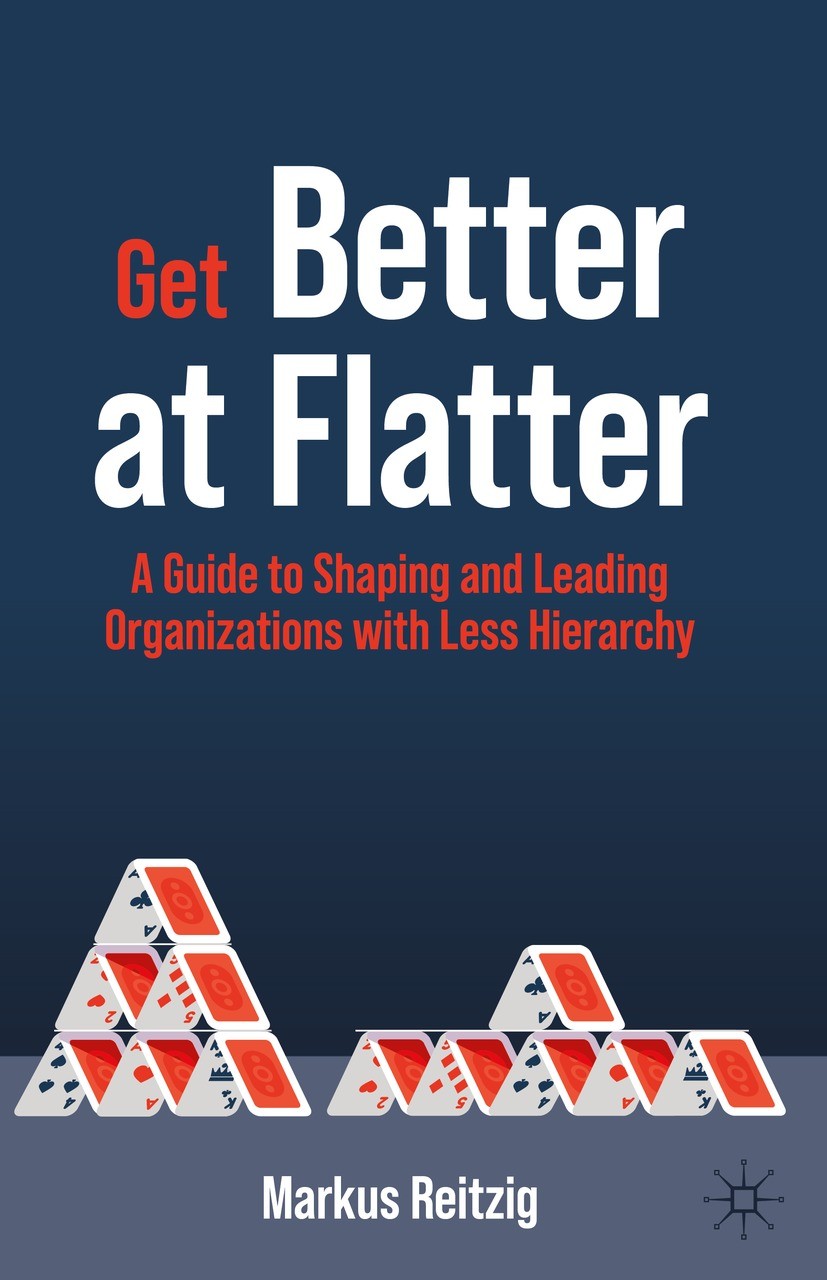| 書目名稱 | Get Better at Flatter | | 副標(biāo)題 | A Guide to Shaping a | | 編輯 | Markus Reitzig | | 視頻video | http://file.papertrans.cn/386/385396/385396.mp4 | | 概述 | Based on years of research, the author reveals when flat structures work, and when they’re a bad idea for business.Offers advice on how a firm can move from a hierarchical structure to a flatter one, | | 圖書封面 |  | | 描述 | .When should organizations think about adopting a flat structure? And what does it take to make it work? Is it even the silver bullet that we’ve been told it is? Often we have heard about how businesses should organize in non-traditional ways to succeed in today’s world: be ‘a(chǎn)gile’, or adopt approaches such as ‘holacracy,’ ‘RenDanHeYi’ or ‘scrum’. But what do these concepts actually mean? Are they even helping us to custom-tailor flat structures to our needs?.Leading expert, Markus Reitzig, provides a no-holds barred account of flat organizational structures, taking the good with the bad and asking the reader to balance the opportunities and challenges that come with less hierarchical structures. He explains that there are many types of flat organizations, and that they may only be better than traditional companies in some instances, and only when the company picks the right structure given its goal and its people..Taking an evidence-based approach to the advantages and disadvantages of decentralizing, this book offers a unique, practical guide for managers. You’ll learn how to formulate realistic goals with fewer hierarchical layers, where to decentralize, whom to recruit and how | | 出版日期 | Book 2022 | | 關(guān)鍵詞 | organization design; decentralization; delayering; flat structures; leadership | | 版次 | 1 | | doi | https://doi.org/10.1007/978-3-030-89254-8 | | isbn_ebook | 978-3-030-89254-8 | | copyright | The Editor(s) (if applicable) and The Author(s), under exclusive license to Springer Nature Switzerl |
The information of publication is updating

|
|
 |Archiver|手機(jī)版|小黑屋|
派博傳思國際
( 京公網(wǎng)安備110108008328)
GMT+8, 2025-10-13 00:47
|Archiver|手機(jī)版|小黑屋|
派博傳思國際
( 京公網(wǎng)安備110108008328)
GMT+8, 2025-10-13 00:47


